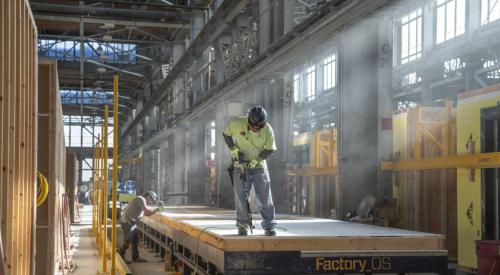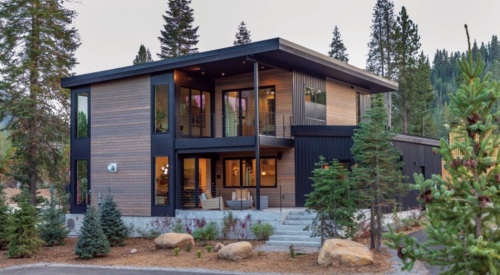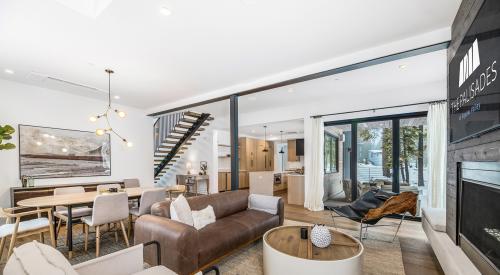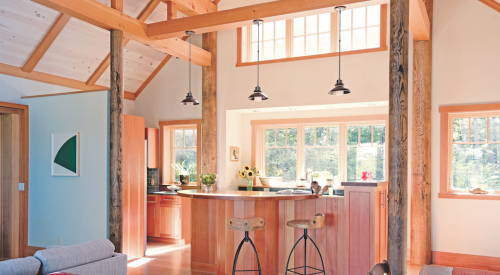Driven by the "acuity of the [U.S.] housing crisis," startups are turning to innovations like 3D printing, modular building, and off-site construction.
At a recent conference focusing on housing innovation, government-backed lender Fannie Mae posited that building more modular and 3D-printed structures could help the housing supply grow faster, if both time and money savings are proven. Fannie's vice president of product development and affordable housing Jonathan Lawless tells Fast Company, “We have not been building enough homes to support the population growth. So for us, the question is, if we really want to drive affordability, how do we help the industry leverage new technologies to make building homes easier and cheaper?”
Adhi Nagraj, director of the nonprofit SPUR, the San Francisco Bay Area Planning and Urban Research Association, encapsulates a common belief among housing industry professionals, “How we build buildings has not evolved much in the last 50 years, whereas how we build cars and phones and everything else has had massive technological innovation and change,” adding, “So I’m excited that there is more innovation in the building industry.”
Working off-site is also cheaper. “Building in cities has just never been more expensive,” says Steve Glenn, CEO of Plant Prefab, a Southern California-based modular housing company. Land costs have gone up. Labor costs have also increased significantly; when the housing market collapsed in 2008, many construction workers left the industry and haven’t returned. In places like the Bay Area, the high cost of housing has pushed some construction workers to move away.













